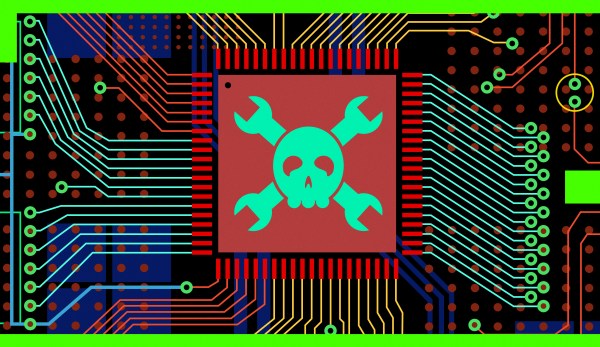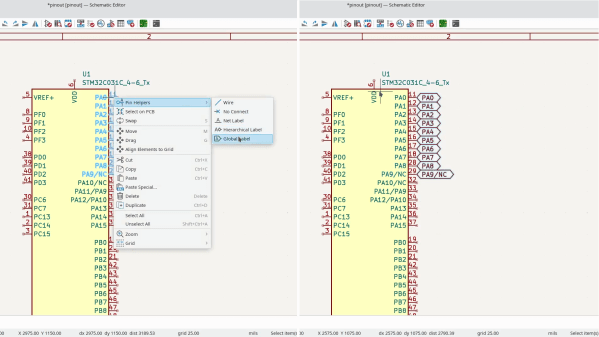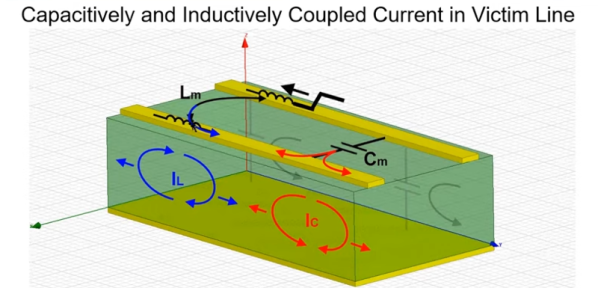It is a good day for design review! Today’s board is the MuBook, a Lattepanda Mu SoM (System-on-Module) carrier from [LtBrain], optimized for a NAS with 4 SATA and 2 NVMe ports. It is cheap to manufacture and put together, the changes are non-extensive but do make the board easier to assemble, and, it results in a decent footprint x86 NAS board you can even order assembled at somewhere like JLCPCB.
This board is based on the Lite Carrier KiCad project that the LattePanda team open-sourced to promote their Mu boards. I enjoy seeing people start their project from a known-working open-source design – they can save themselves lots of work, avoid reinventing the wheel and whole categories of mistakes, and they can learn a bunch of design techniques/tips through osmosis, too. This is a large part of why I argue everyone should open-source their projects to the highest extent possible, and why I try my best to open-source all the PCBs I design.
Let’s get into it! The board’s on GitHub as linked, already containing the latest changes.
Git’ting Better
I found the very first review item when downloading the repo onto my computer. It took a surprising amount of time, which led me to believe the repo contains a fair bit of binary files – something quite counterproductive to keep in Git. My first guess was that the repo had no .gitignore for KiCad, and indeed – it had the backups/ directory with a heap of hefty .zips, as well as a fair bit of stuff like gerbers and footprint/symbol cache files. I checked in with [LtBrain] that these won’t be an issue to delete, and then added a .gitignore from the Blepis project.

















